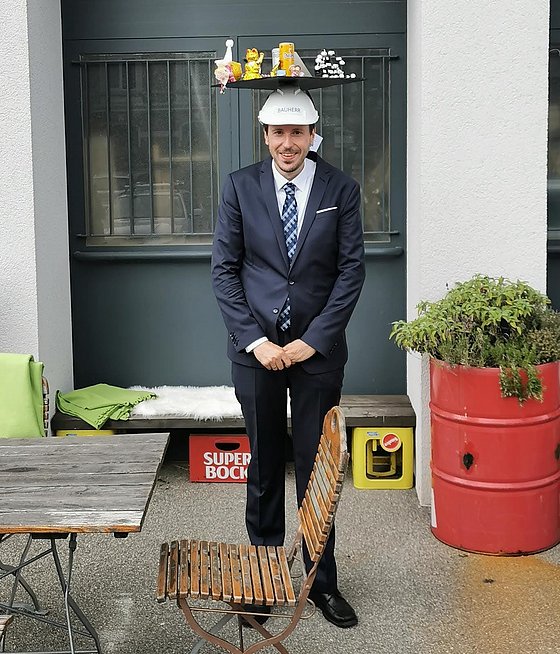Bottom-up Knowledge Graph-based Data Management
In this paper, a novel approach called Bottom-up Knowledge Graph is introduced, aiming to enhance semantic data management in enterprises by addressing the challenges posed by traditional ontology engineering in handling (semi-)structured data sources. Additionally, a semantic data platform (ESKAPE) is developed to demonstrate the benefits of the proposed approach.
We interviewed Mr. Pomp about his thesis.

What was the context of your dissertation? What projects or other factors particularly influenced your dissertation?
The dissertation encompasses research findings generated over several years in various research projects. The idea for the dissertation originated initially in a project conducted in close collaboration with an American company. In this project, a Smart City platform was developed to manage all data of a Smart City in the future. In this context, I identified that the traditional approach to semantic data management cannot be applied in such a dynamic environment like a Smart City. After the project's conclusion, it became evident that similar challenges in data management exist in corporate contexts. Subsequently, I developed another platform (ESKAPE) that provided companies with the ability to easily collect, discover, and utilize static and dynamic data. This platform was then deployed and tested by me in the "Internet of Production" excellence cluster at RWTH Aachen University. Simultaneously, I had the opportunity to gather experiences in additional research and development projects with companies from the manufacturing industry and validate my work in real-world use cases within these projects.
How does your work contribute to the field of research?
In semantic data management, the conventional assumption is that conceptualizations such as ontologies already exist beforehand, enabling accurate description of all datasets. However, in today's dynamic environments like Smart Cities and enterprises, this is not the case. The approach presented in this work, involving the simple construction of a knowledge graph combined with the straightforward creation of semantic models by domain experts, makes a significant contribution to semantic data management. Instead of creating and maintaining ontologies top-down, a Bottom-Up Knowledge Graph (BUKG) learns the individual conceptualizations from data suppliers and consumers, continuously integrating them into its shared conceptualization. This facilitates seamless collection, integration, discovery, understanding, and access to heterogeneous data sources based on the innovative bottom-up knowledge graph.
What does the future hold for you and the topic?
The topic of semantic data management, encompassing the creation of knowledge graphs and semantic models, remains a central focus at TMDT and is being explored in various projects and applications, such as in the establishment of data spaces or the enhancement of AutoML approaches. Moreover, the combination of knowledge graphs and large language models is opening up new application areas, which we are currently exploring. As the head of the research group "Semantic Systems Engineering," I look forward to continuing to pursue these and other topics at TMDT.
